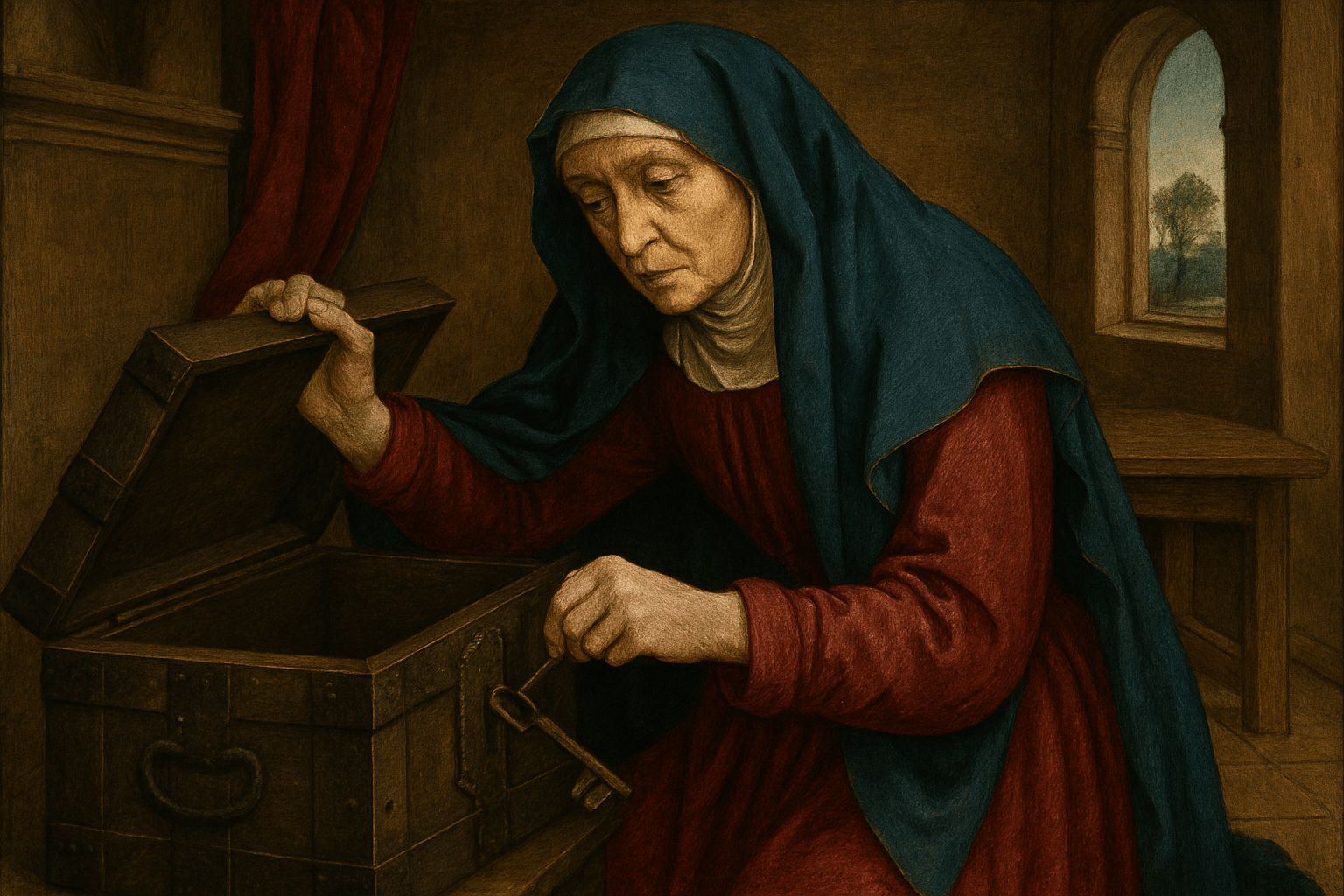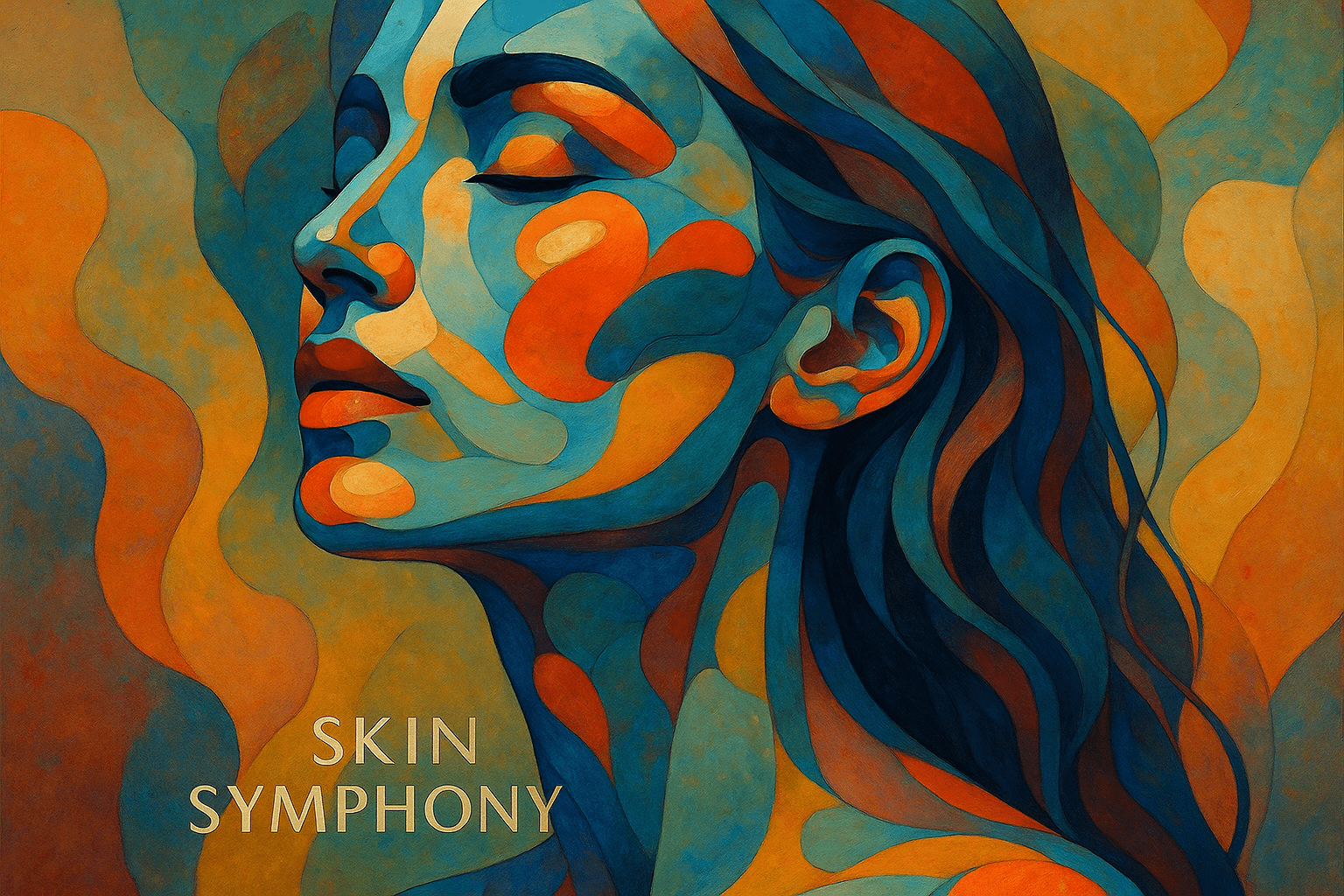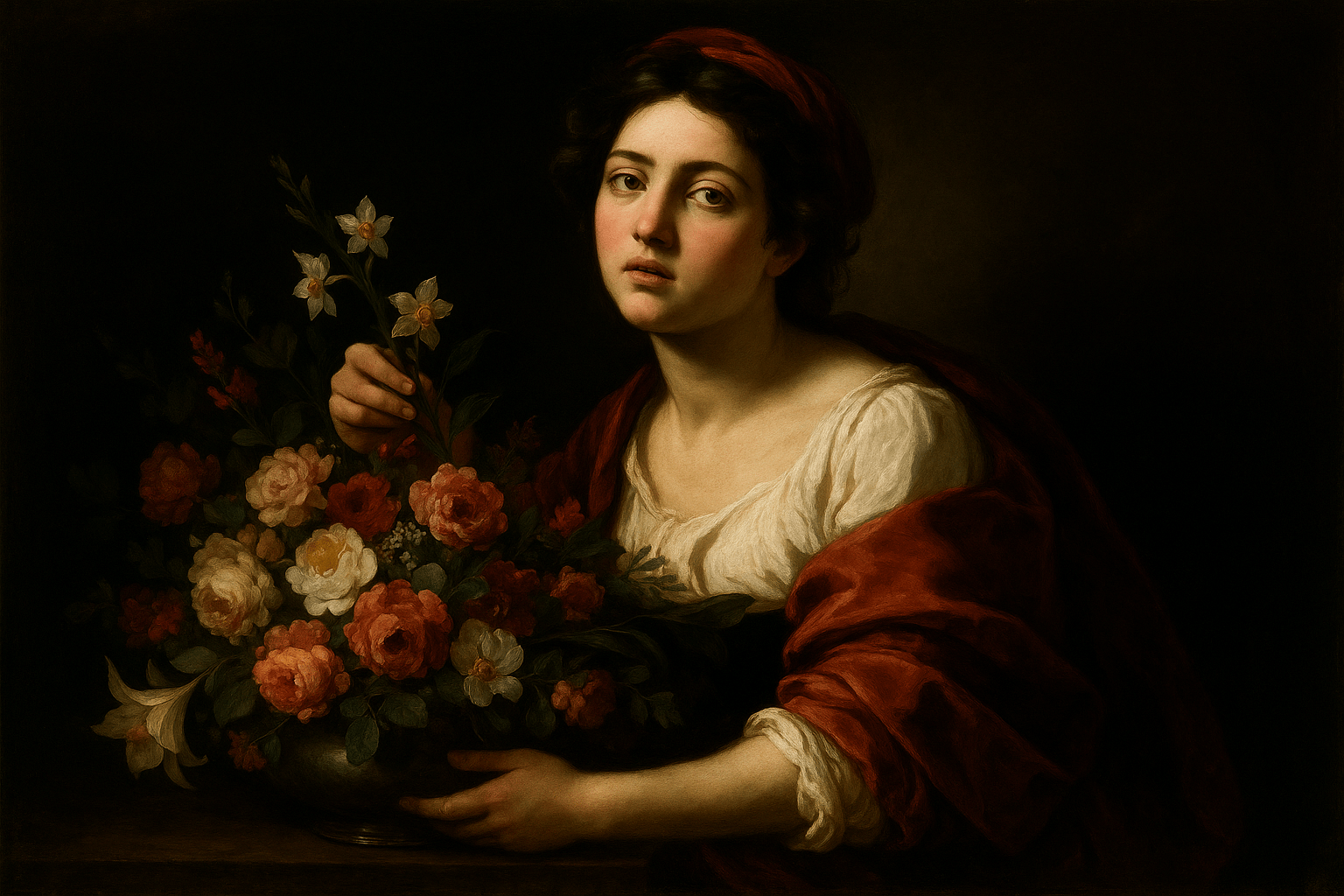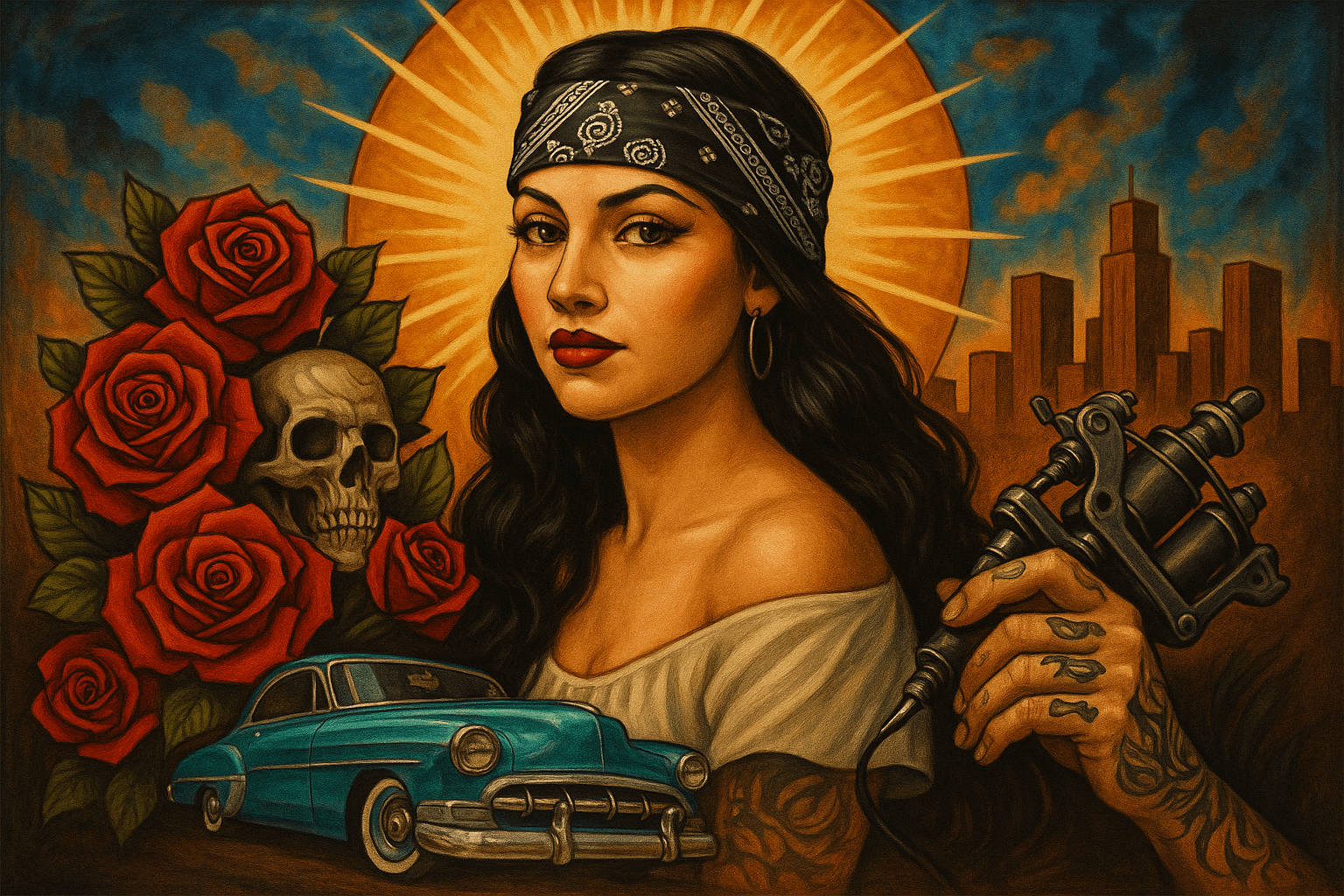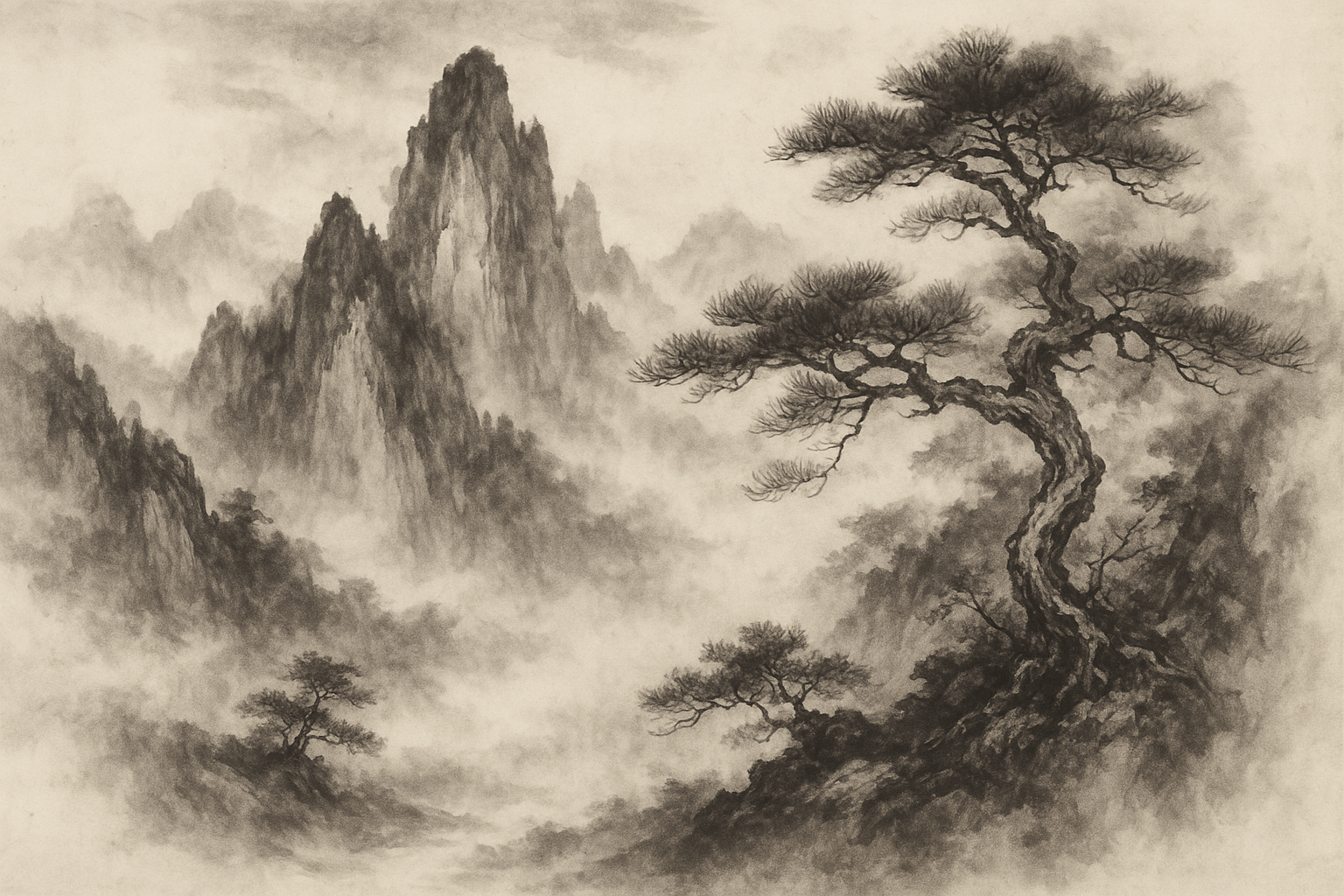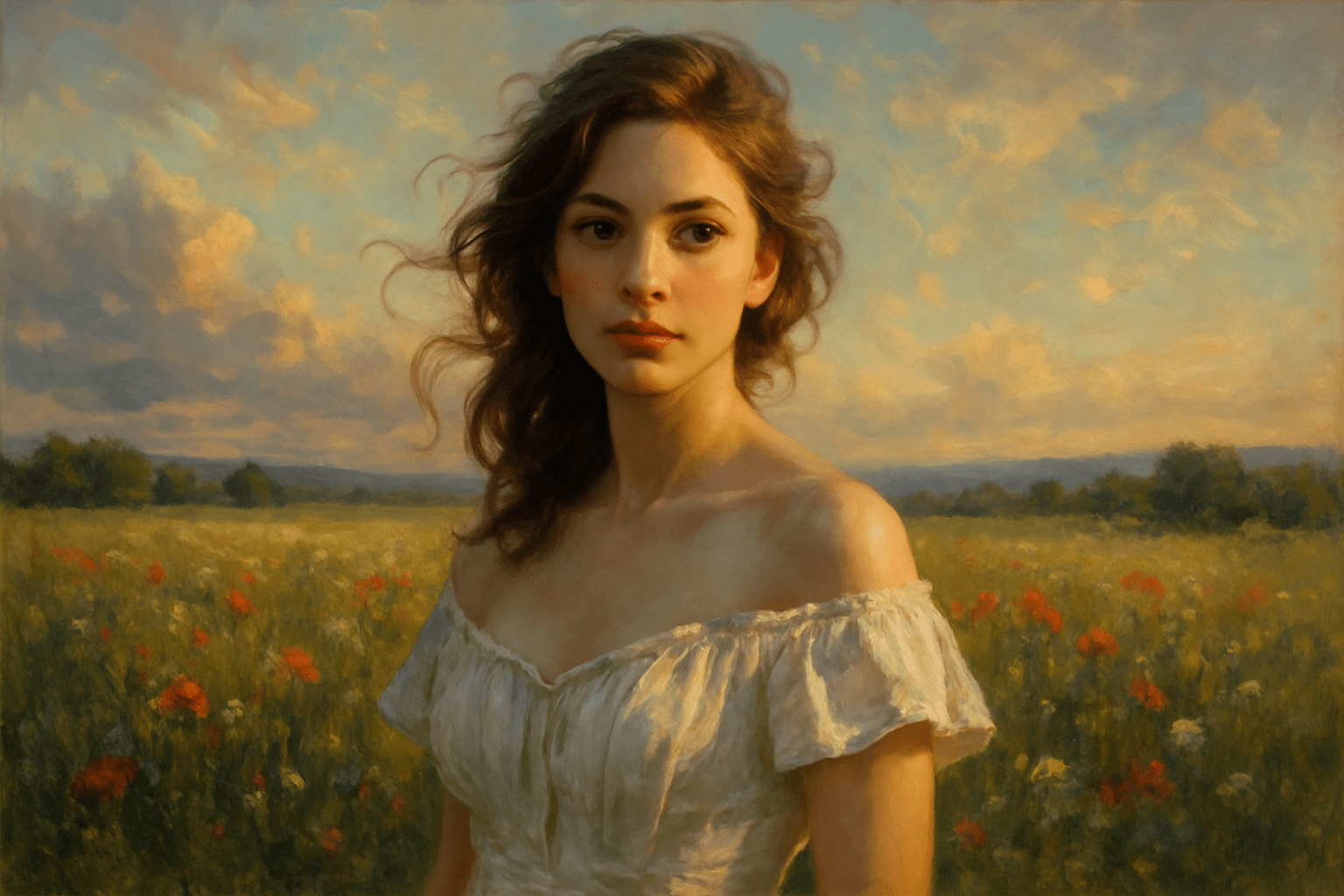
Early Netherlandish
painting Early Netherlandish painting is characterized by its use of light and shadow to create a sense of depth, its use of rich colors, and its detailed and realistic style.
AOI thinking about Early Netherlandish [+_~]-/
Overview and Quickfacts
painting Early Netherlandish painting is a style of painting that flourished in the Low Countries during the 15th and early 16th centuries. The style is characterized by its use of light and shadow, its intricate details, and its realistic portrayal of people and landscapes. Early Netherlandish painters were some of the first to use oil paint, and they were able to achieve a high level of realism in their paintings. Many of their paintings were religious in nature, and they often depicted scenes from the Bible. Some of the most famous Early Netherlandish painters include Jan van Eyck, Hans Memling, and Gerard David.
Can understand it also, as:
Late Gothic, Flemish Primitives
Categorize it as:
Impressionism, Modernism
.: Dreaming :.
holds a HAIKU for the art style
:. Thought is power .:
Detailed Description
Early Netherlandish art is a style of painting and sculpture that flourished in the Burgundian Netherlands from the late 14th century to the early 16th century. The Burgundian Netherlands were a territory of the Holy Roman Empire encompassing what is now the Netherlands, Belgium, Luxembourg, and parts of northern France and southwestern Germany. Famous Early Netherlandish artists include Jan van Eyck, Rogier van der Weyden, Hans Memling, and Gerard David. Notable Early Netherlandish paintings include van Eyck’s “Ghent Altarpiece” and “Arnolfini Portrait”, Memling’s “Last Judgement”, and David’s “Lamentation of Christ”. Early Netherlandish art is characterized by its use of naturalistic details, bright colors, and intricate patterns. It is often seen as a transitional style between the Gothic and Renaissance periods.
.. beep, beep, beep ..
<START OF TRANSMISSION>
1. Early Netherlandish painting refers to the work of artists active in the Low Countries during the 15th- and 16th-centuries. 2. The period is also known as the Northern Renaissance. 3. Early Netherlandish painting is characterized by its use of oil paint, its realistic style, and its focus on religious subjects. 4. Jan van Eyck is often credited as the first Early Netherlandish painter. 5. Other notable Early Netherlandish painters include Hans Memling, Rogier van der Weyden, and Hieronymus Bosch. 6. Early Netherlandish painting was highly influential on the development of Renaissance painting in Italy. 7. Many Early Netherlandish painters were employed by the Burgundian court, which was one of the most powerful courts in Europe at the time. 8. The Burgundian court was known for its lavish lifestyle and its love of art and luxury goods. 9. Early Netherlandish painting was also influenced by the Flemish tradition of tapestry-making. 10. Many Early Netherlandish painters were members of the Guild of Saint Luke, a professional organization for painters and other artists. 11. The Guild of Saint Luke was founded in the 14th century and was headquartered in the city of Antwerp. 12. In the 16th century, the city of Antwerp became an important center of the art world, due in part to the presence of the Guild of Saint Luke. 13. Early Netherlandish painting reached its peak in the 15th century. 14. By the end of the 16th century, the style had largely fallen out of fashion. 15. In the 20th century, there was a renewed interest in Early Netherlandish painting, and the style has since been the subject of extensive scholarly research. 16. Early Netherlandish painting is represented in the collections of many major museums around the world. 17. The Metropolitan Museum of Art in New York City, the National Gallery in London, and the Museo del Prado in Madrid are all home to significant collections of Early Netherlandish paintings. 18. Many of the most famous Early Netherlandish paintings, such as Jan van EyckÃÂÃÂs ÃÂÃÂGhent AltarpieceÃÂÃÂ and Hans MemlingÃÂÃÂs ÃÂÃÂLast Judgement,ÃÂÃÂ are on permanent display in these museums. 19. Early Netherlandish painting continues to be highly regarded by art historians and the general public alike. 20. The work of Early Netherlandish painters remains an important part of the history of Western art.
<EOF>
.. robbel bob
Visual Examples from our image gallery
Coming soon, we are so slow .. might never come
Artists, Paintings, and more
(be aware, can be highly speculative)
Artists (be aware, speculation possible):
1. Jan van Eyck (1390-1441) 2. Rogier van der Weyden (1399/1400-1464) 3. Hans Memling (1430-1491) 4. Gerard David (1460-1523) 5. Petrus Christus (1410/20-1475/76) 6. Dirk Bouts (1415/20-1475) 7. Joachim Patinir (1480-1524) 8. Simon Marmion (1425-1489) 9. Hugo van der Goes (1440-1482) 10. Geertgen tot Sint Jans (1460/70-1495) 11. Matthias Grunewald (1470-1528) 12. Lucas Cranach the Elder (1472-1553) 13. Albrecht DÃÂürer (1471-1528) 14. Pieter Bruegel the Elder (c. 1525-1569) 15. Hieronymus Bosch (c. 1450-1516) 16. Jan Provoost (1462-1529) 17. Gerard Horenbout (1465-1541) 18. Lucas Gassel (1481-1532) 19. Jan van Scorel (1495-1562) 20. Maarten van Heemskerck (1498-1574) 21. Frans Floris (1519-1570) 22. Anthonis Mor (1516-1576) 23. Dirck Volckertszoon Coornhert (1522-1590) 24. Jan Mabuse (1478-1532) 25. Joos van Cleve (c. 1485-1540/41) 26. Bernard van Orley (1491-1541) 27. Lambert Lombard (1505-1566) 28. Pieter Aertsen (1508-1575) 29. Jan van Goyen (1596-1656) 30. Rembrandt (1606-1669)
Artworks (be aware, speculation possible)
1. The Annunciation, by Jan van Eyck (1434) 2. The Ghent Altarpiece, by Jan van Eyck (1432) 3. The Adoration of the Lamb, by Jan van Eyck (1432) 4. The Last Judgement, by Hans Memling (1467-1471) 5. The Triptych of the Adoration of the Magi, by Robert Campin (1425-1428) 6. The Triptych of the Crucifixion, by Robert Campin (1420-1425) 7. The Merode Altarpiece, by Robert Campin (1425-1428) 8. The Portinari Altarpiece, by Hugo van der Goes (1475-1476) 9. The Virgin and Child Surrounded by Angels, by Dieric Bouts (1450-1455) 10. The Last Supper, by Dieric Bouts (1464-1467) 11. The Entombment, by Dieric Bouts (1450-1455) 12. The Annunciation, by Dieric Bouts (1450-1455) 13. The Seven Sacraments Altarpiece, by Rogier van der Weyden (1445-1450) 14. The Descent from the Cross, by Rogier van der Weyden (1435) 15. The Beaune Altarpiece, by Rogier van der Weyden (1450) 16. The Braque Triptych, by Rogier van der Weyden (1450-1455) 17. The Miraflores Altarpiece, by Juan de Flandes (1490-1499) 18. The Adoration of the Magi, by Gerard David (1500) 19. The Baptism of Christ, by Gerard David (1505) 20. The Last Judgement, by Gerard David (1515) 21. The Virgin and Child Surrounded by Saints, by Hans Memling (1470) 22. The Triptych of the Adoration of the Magi, by Hugo van der Goes (1470-1478) 23. The Triptych of the Nativity, by Hugo van der Goes (1470-1478) 24. The Triptych of the Crucifixion, by Hugo van der Goes (1470-1478) 25. The Portinari Altarpiece, by Hugo van der Goes (1475-1476) 26. The Adoration of the Magi, by Gerard David (1500) 27. The Baptism of Christ, by Gerard David (1505) 28. The Last Judgement, by Gerard David (1515) 29. The Virgin and Child Surrounded by Saints, by Hans Memling (1470) 30. The Triptych of the Adoration of the Magi, by Hugo van der Goes (1470-1478)
Epoch
The time period of the art style Early Netherlandish is from 1400-1550.
AI ART RESSOURCES (AKA, well Tools)
Helping tools -> predefined search links on other pages:
